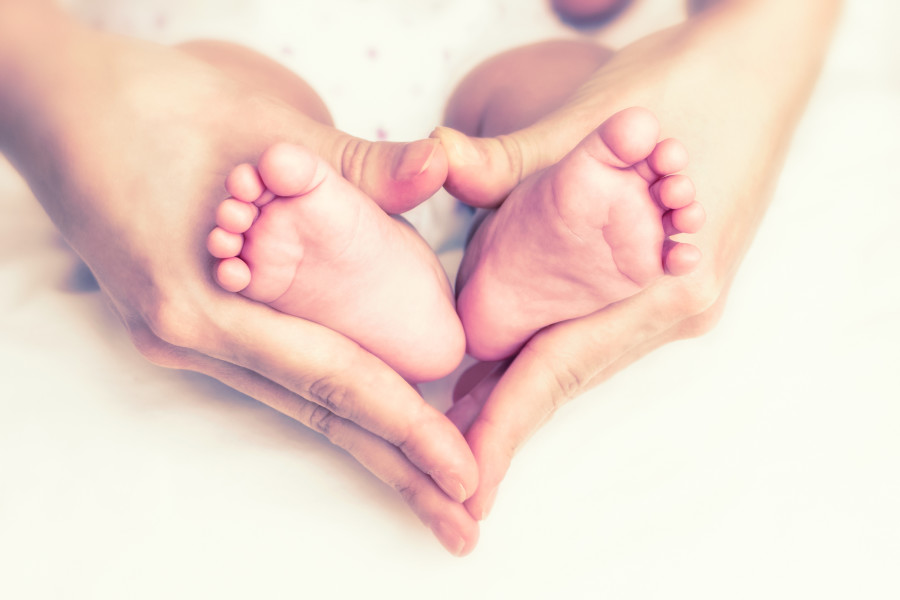If you want to start a debate among health professionals, bring up the topic of home births. In the United States, the idea of planning to deliver your baby at home is not supported by any major physician’s organization, most of which said that the risks are too great and that emergencies can happen too quickly during childbirth. Both the American Academy of Pediatrics and the American College of Obstetricians and Gynecologists state that hospitals or birthing centers are the best settings for childbirth in the United States.
But many women would like to give birth at home, where they feel comfortable and are in familiar surroundings. Some want a home birth because they feel that childbirth is a natural event and not a medical issue; they want to avoid any unnecessary medical interventions.
Studies are finding that home births can be safe for healthy women. A large new study conducted in Canada found that giving birth at home can be safe for mother and child if the mother has no known problems that could increase her risk and if the birth is planned and is integrated into the local healthcare system. “Integrated into the healthcare system” means that there is a certified professional (midwife or obstetrician) present during the birth and there is a plan in place so that mother and child can be rapidly brought to a hospital if the need arises.
The Canadian study found that the risk of having a serious problem with childbirth are the same for a woman giving birth at home as they are for a woman giving birth in a hospital. The study looked at the risks of stillbirth, death of the baby, or serious injury to the baby and found they were the same.A planned home birth was associated with fewer interventions, such as the need for resuscitation of the baby or a cesarean delivery.
In the study, researchers at McMaster University in Ontario compared medical records from more than 11,000 planned home births with those from a matched group of planned hospital births. The births took place in Ontario between 2006 and 2009. More than half of the mothers had given birth before.Both the home and hospital births were scheduled with a registered midwife and the woman was seen by a midwife for prenatal care.
All the births in the study were low-risk pregnancies, which meant that the women had no risk factors such as a multiple birth, premature birth, breech delivery, alcohol or drug dependency, chronic high blood pressure, type 1 or gestational diabetes, heart condition, hepatitis B, HIV, or babies that were small for their gestational age.
About 8%of the home-birth group needed emergency services compared to fewer than 2% in the planned hospital group. However, those in the hospital group had more interventions such as labor augmentation or cesarean section.Stillbirth or newborn death occurred in 1.5 of every 1,000 home births compared to 0.94 of every 1,000 hospital births.
Certified nurse-midwives or certified midwives attend about 8% of all births in the United States. Many of these professionals deliver babies in hospitals and birthing centers, which are facilities that try to be a happy medium that combines the best of home and hospital. Birthing centers are usually less restrictive and less institutional than hospitals, but have medical resources on hand for emergencies and are often attached to a hospital
The key part of a planned home birth is the planned part. If you are considering giving birth at home, you will need to find a midwife or obstetrician who does home births and who works with a local hospital. You must not have any risk factors that increase the chances of something going wrong, such as having twins, high blood pressure, diabetes, or having had a cesarean section in the past. Your home should be within a reasonable distance from the nearest hospital with a maternity department, as well. You also must be fully informed about the health risks of having your baby at home.
You have to have a plan for a home birth and a back-up plan, because despite all your planning, you must be prepared to go to the hospital if you need more medical attention than you can receive at home.
You can read about the experiences of a woman who has given birth in a hospital, in the car on the way to the hospital at home, and at home here.
Share your thoughts in the comments section below.

